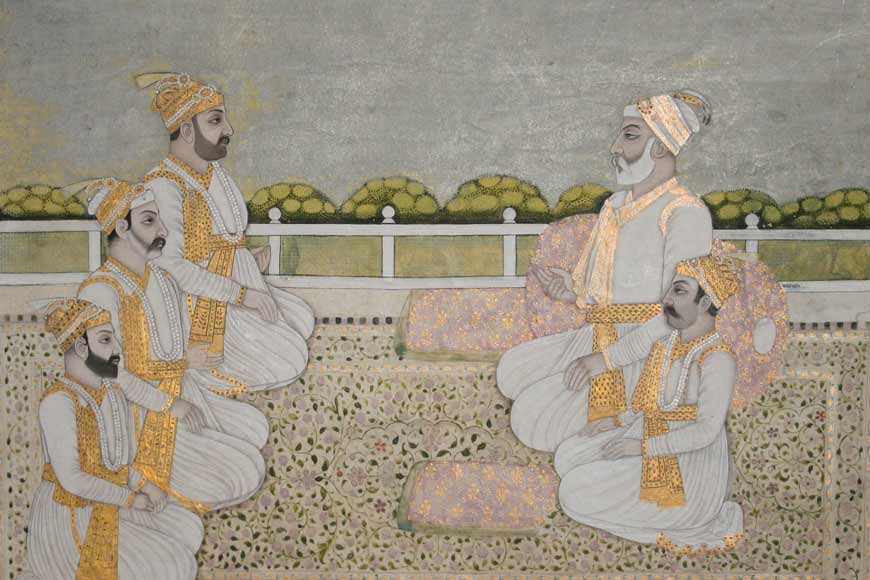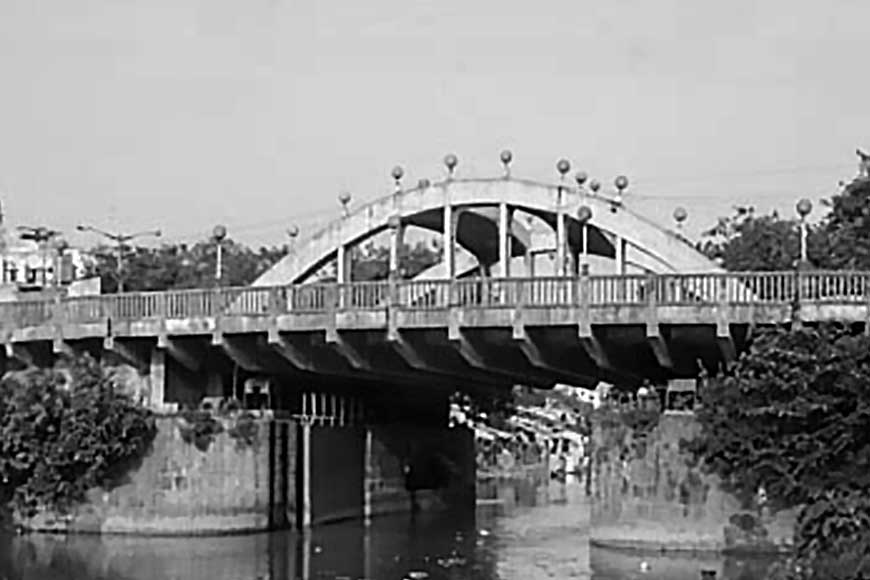When Maratha Bargis could have taken Calcutta, but didn’t

Nawab Alivardi Khan with grandson Siraj-ud-Daulah
This Day in History. A popular phrase among history buffs, who take great pleasure in listing major historical events on particular days that have shaped the growth of nations and cultures. Not many of them, however, would be aware of the importance of January 3 in the history of Bengal. And yet, this was the day when the fate of Bengal hung in the balance, the day when in 1746, an army of Maratha ‘Bargis’ under the command of Raghuji Bhonsle assembled about 10 km from Kasimbazar in Murshidabad.
This was the culmination of a war that had begun when Nawab Alivardi Khan of Bengal had trapped and killed the dreaded Bhaskar Ram Kolhatkar (whom Bengalis know as Bhaskar Pandit) and 21 of his men at Mankara village, about 30 km north of Plassey, on March 17, 1744. One of the ablest generals of Raghuji Bhonsle, who ruled Maharashtra from Nagpur, Bhaskar Pandit was in command of a nearly 25,000-strong army of Bargi raiders who spread terror across Bengal, Bihar and Odisha in the first half of the 18th century.
The word ‘bargi’ comes from the Persian ‘bargir’, a term used to describe an ancient Maratha army. The tussle between the Marathas and Mughals for control of India, best exemplified by the constant skirmishes between Shivaji and Aurangzeb, continued after both their deaths. However, the Marathas post-Shivaji seemed more interested in looting than ruling, and left a trail of death and destruction in their wake, burning down villages after pillaging their wealth, and often abducting and raping the women. All of it on the pretext of collecting ‘chauth’ (quarter) of the local produce, or an equivalent sum of money.
In Bengal, these marauders inspired terror and desperation, and gave rise to an ominous lullaby that has continued to this day - ‘Bargi elo deshe’ (Bargis are in our land). The enormous riches of the province were a magnet to the raiders, and by the mid-1740s, the Marathas had built a strong encampment in Katwa in Bardhaman district, extending their terror to Murshidabad and Medinipur as well. In January of 1746, there seemed a very real danger of the Bargis overrunning Alivardi’s army and taking control of Bengal. Ironically, though, by depleting Alivardi’s resources to the point of bankruptcy, and looting Bengal’s produce to the point of starvation, the Marathas paved the way for a new ruling class - the British.
All through the 1740s, the trading operations of the British and other European nations in Bengal had been all but suspended. In 1748, the Marathas attacked an English fleet near Kasimbazar, looting goods worth over Rs 4 lakh. Simultaneously, an impoverished Alivardi was insistent that the British must pay more for the privilege of trading in Bengal, because he had no money left to keep fighting the intruders. On yet another front, both Hindus and Muslims terrorised by the Bargis were streaming into Calcutta from the districts.
 Marhatta Ditch
Marhatta Ditch
Why didn’t the Maratha marauders attack Calcutta? This is a question that has never been satisfactorily dealt with. And no, the answer does not lie in the long dead ‘Marhatta Ditch’ which the British had begun to dig to keep the city safe. That ditch was never completed precisely because the Marathas showed no signs of descending on the growing city.
Ditch apart, the British had also partially strengthened the old Fort William (where the GPO now stands) in 1742, and formed local militia units comprising Europeans only. Also in 1742, a company of 200 gun-carrying ‘baksariya’ soldiers were recruited, only to be dismissed a few months later, while European settlements were ringed with high wooden fences criss-crossing several roads and extending right up to the river.
But none of this was needed in the end. Why? Why did the powerful army that had all but conquered Murshidabad never come to Calcutta? Well, if some historians are to be believed, they had every intention of doing so. In fact, they came all the way up to Fort Makwa-Thana, which was located within what became the Botanical Gardens at Shibpur, and took control of it. The exact year when this happened is not established, but there may have been multiple raids. Sensing trouble, British officials in Calcutta opened negotiations with Bargi chief Mir Habib, and the sum reportedly settled upon was Rs 4,317. In exchange for this modest offering, the Bargis supposedly turned their attention to Hooghly and spared Calcutta.
It should be noted that up until his death in 1756, Alivardi Khan continued to deal with the Bargi menace. In 1751, realising that age and ill health were cutting short his military abilities, the nawab finally agreed to pay chauth to Raghuji to the tune of Rs 12 lakh per year. In addition, Mir Habib was appointed Naib Nazim of Odisha, and taxes from the region went to Raghuji. Medinipur was detached from Odisha and attached to Bengal, with the river Subarnarekha marking the northern boundary of the Maratha territories.









